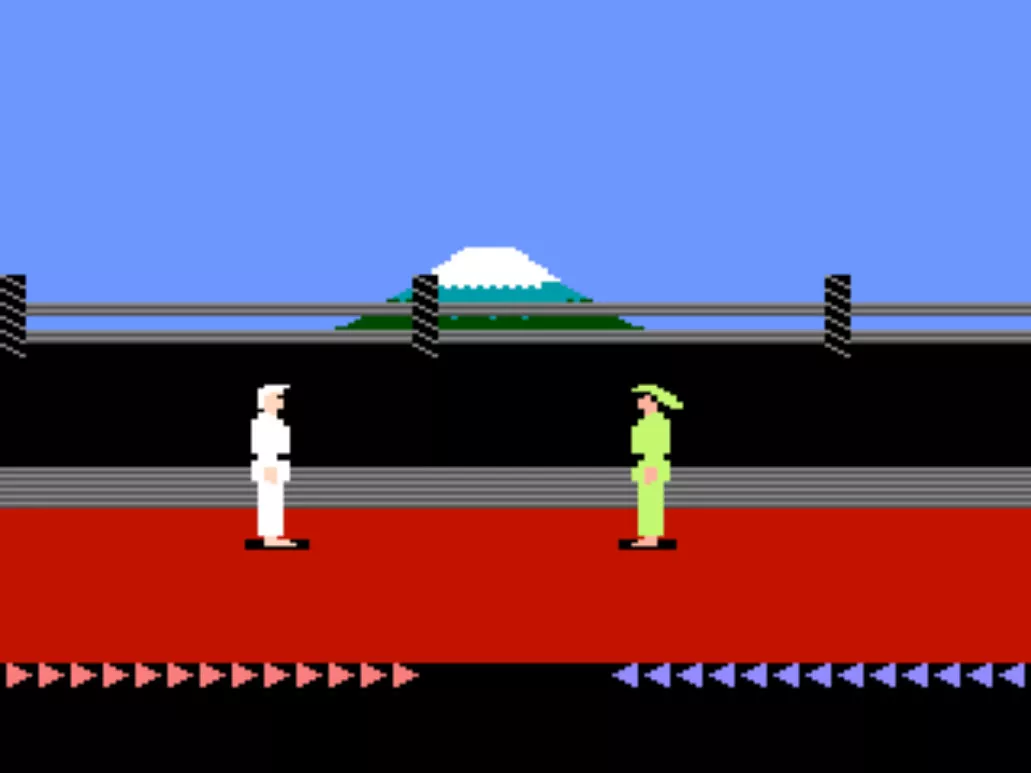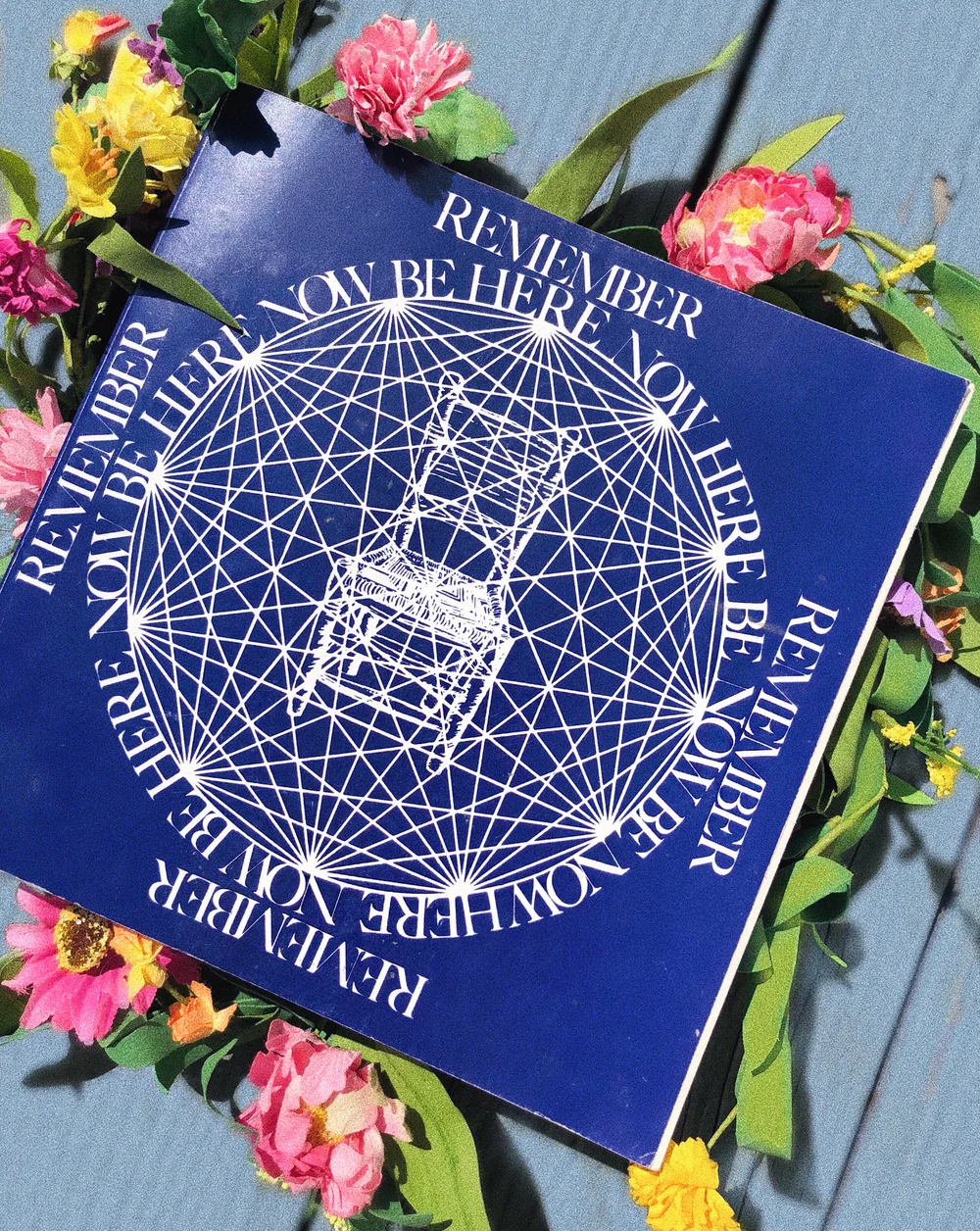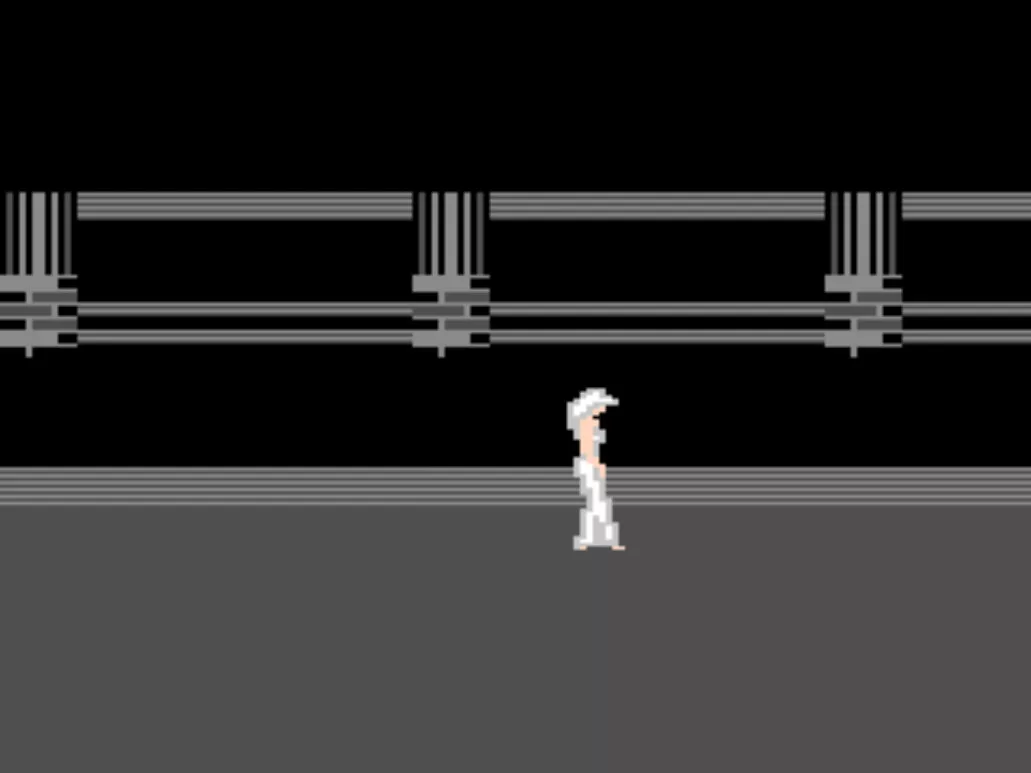A reflection on Ram Dass’ 1971 classic, Be Here Now, and the book’s connection to information and our state of being.
The Person
Like many who walk the hallways of elite institutions, Ram Dass’ life intersected with influential mid-century thinkers and doers. His most famous collaborator might have been Timothy Leary in the early 1960s. Their landmark studies of psychedelic drugs lead to his dismissal from Harvard in 1963.
Ram Dass’ association with David Padwa is of more immediate interest to me. Padwa established a company called Basic Systems and became a millionaire by the time he met the young author in the late 1960s.From David Padwa’s Curriculum Vitae: “1960-1965. Founder and CEO of Basic Systems Inc. Principal offices in Cambridge, New York, Chicago, Pasadena, and Washington, DC. Firm specialized in educational and curricular technologies as well as the provision of systems integration services in education and training markets. In 1964 Xerox Corporation acquired Basic Systems; continued as division executive at Xerox and Director of Planning for educational markets.”
Basic Systems automated employee training and student education, often integrating into an institution’s existing computer infrastructure.
The company caught the eye of Xerox Corporation and was soon acquired. It fit nicely with Xerox’s growing digital portfolio. As the copier company sought to establish the office of the future, it would soon acquire the influential minicomputer manufacturer Scientific Data Systems and establish the legendary Xerox PARC.
 Karateka Atari 7800 (1988) Board Game Geek
Karateka Atari 7800 (1988) Board Game Geek
Padwa founded Basic Systems with the influential psychologist Francis Mechner. I was first exposed to Francis Mechner as a child playing Karateka (1984) on my Atari 7800The original version was written by Jordan Mechner and published by Broderbund in 1984. The Atari 7800 version was written by Jack Sandberg, Sr. at Ibid Inc. and published by Atari in 1987.
and then later Prince of Persia (1989) on my family’s PC. Francis Mechner was the composer for these games, both written by his son Jordan Mechner. The elder Mechner is something of a renaissance man: starting several successful businesses, speaking five languages, publishing cross-disciplinary theoretical insights, performing as a concert pianist, and achieving a 5-dan rating in Go.Padwa and Mechner’s company also published the original edition of “Bobby Fischer Teaches Chess” in 1966. The best-selling book is still in print today.
These characters provide a sampling of the environment that nurtured Ram Dass. He would soon leave these comforts to join Padwa and his Land Rover on a road trip from Tehran to India in search of a spiritual awakening.
Ram Dass ultimately stayed in India for some time (as did Padwa’s Land Rover), leading to the insights that birthed the book Be Here Now. This book’s influence is without question. It was a significant contributor to the American counterculture movement and a starting point for many Western practitioners of Buddhism and Yoga.
The Book
 Be Here Now by Ram Dass (1971) Garden Fairy Co.
Be Here Now by Ram Dass (1971) Garden Fairy Co.
Ram Dass spends the first part of the book describing his journey. It involves a dive into the world of psychedelic drugs and their benefits and limitations. His experience essentially opens him up to Eastern mysticism. He finds surprisingly few charlatans on the road through Central Asia and India. The book’s pivotal guru broadens Ram Dass’ mind through a process of “no teaching” because “his lessons aroused in me just affirmation… as if I knew it all already.”
The author strikes an important difference between teacher and guru. “A teacher points the way” while “a guru is the way.” Ram Dass’ awakening, and this book, is the result of the guru’s care.
This leads to a beautifully illustrated but overtly dogmatic section where Ram Dass attempts wake the reader up. The writer’s intention is rooted in Buddhism’s long practice of shifting the practitioner’s habitual and unquestioned perception of the world.The guru offers a few clever turns of phrases in this effort, “If a pickpocket meets a saint, he sees only his pockets” and “If you wear shoe leather, the whole earth is covered with leather.”
Ram Dass’ spiritual youth feels most pronounced here. He doesn’t have the language of a guru or a teacher; it is the voice of an enthusiastic lecturer who is convinced that he has uncovered the Truth.
The final section of the book is a collection of quotes and techniques divided into various “ingredients for a sacred life” such as Sleeping, Truth, Time and Space, Pranayam, etc…. It is pleasant reading.
Ram Dass makes it clear that there can be no knower if one truly wants to know the wisdom contained in Be Here Now; the rational mind that separates subject from object is an illusion.(Loc. 4594, 4613)
This illusion is driven by an attachment to the self as special and wholly separate from everything else.
Mommy and Me Are One
 Karateka Atari 7800 (1988) Board Game Geek
Karateka Atari 7800 (1988) Board Game Geek
Deep within the cartridge of Karateka on the Atari 7800 are a list of instructions that drive the machine. But the programmer did mix in one human-readable message with the computer code: “Mommy and Me Are One.” This bizarre statement is unique to the Atari 7800 cartridge. It does not appear in other versions. It never appears on screen. It is only visible to those who are looking at the code contained within.“Digital Press Easter Eggs: Karateka”, digitpress.com, 2010.
The phrase is almost certainly related to a paper published by Lloyd Silverman and Joel Weinberger in a 1985 edition of American Psychologist entitled “Mommy and I Are One: Implications For Psychotherapy”. The authors assert that the titular message can help motivate people even when stated subliminally.
Countless studies have attempted to demonstrate the benefits of “oneness.” In the case of the mother, oneness is self-evident. We were all physically connected at one point. And deep within us exists a DNA code that has been directly passed from mother to child for millennia. This is the ancient information that sets the foundation for consciousness.
The reality of a consciousness larger than ourselves is at the root of Be Here Now. But rather than establish a God or a single methodology, Ram Dass continually asserts that the ego blinds us to the grand web of connections that pervade our everyday experience. The way to lift the veil is to simply practice living in the moment. Or as Suzuki Roshi is quoted, “a Zen student must learn to waste time conscientiously.”(Loc. 4728)